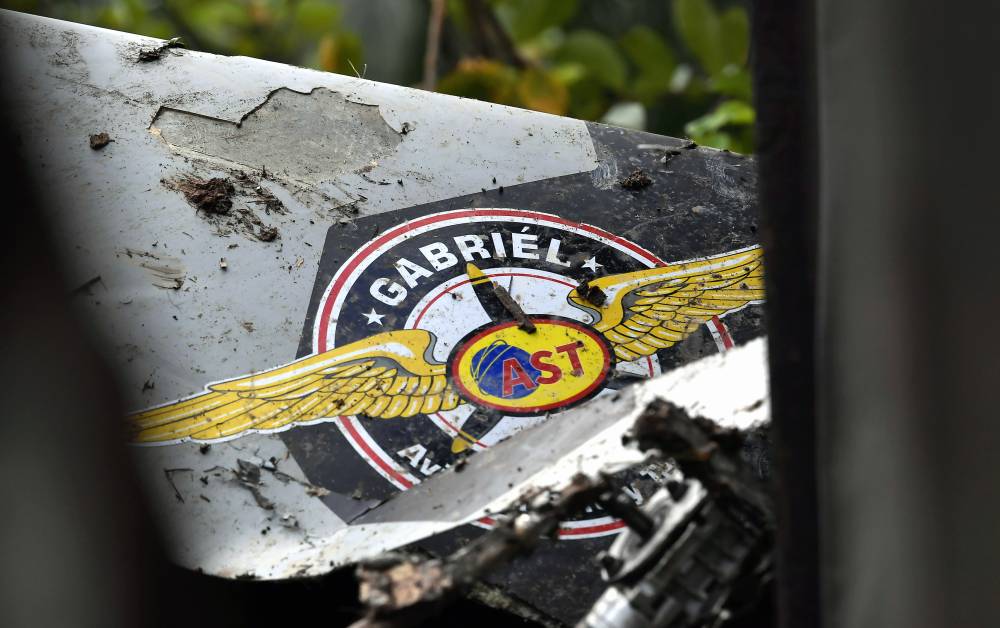Limited experience, foreign oversight: Experts raise concerns after fatal crash
Kapar crash highlights need for stricter regulations on private flights

SHAH ALAM - Following the tragic light aircraft crash in Kapar, concerns have emerged regarding private flight operations and their potential safety risks.
Experts point to various factors that may have contributed to the accident.
Former Department of Civil Aviation Malaysia (DCA) flight operations director Datuk Yahya Abdul Rahman pointed out the risk associated with private pilots in flying clubs, who often have limited experience.
In the wake of yesterday’s tragic incident involving a light aircraft crash in Kapar, which claimed the lives of two individuals, Yahya noted that the aircraft involved in the crash was under the supervision of a flying club based in Subang Airport.
“Generally, aircraft owned by flying clubs are operated by private pilots, who may have limited flying hours and experience.
“Without proper oversight of their activities, the risk of accidents is heightened,” he told Sinar Daily when contacted.
Yahya, also the former Head of the Air Accident Investigation Bureau at the Transport Ministry, pointed out that the specific aircraft is registered in a foreign country, meaning that its maintenance and operations oversight is not conducted by the Civil Aviation Authority of Malaysia (CAAM).
“This lack of regulatory oversight increases the likelihood of shortcuts being taken and operations being conducted unprofessionally, which could compromise safety,” Yahya added.
Supporting Yahya's concerns, Universiti Kuala Lumpur Aviation Search and Rescue Head Associate Professor Dr Mohd Harridon Mohamed Suffian offered additional insights into the matter.
“Eyewitnesses reported that the aircraft's wings disintegrated from the fuselage while in mid-air, resulting in a rapid loss of altitude and a nose dive towards the ground.
“This type of aircraft, akin to an acrobatic trainer, is designed to withstand extreme maneuvers, capable of enduring positive 4G and negative 2G forces, indicating its structural integrity under intense conditions,” he said.
Harridon also highlighted the need to scrutinise the aircraft's maintenance and structural integrity in light of its disintegration circumstances.
“It is imperative to examine the aircraft's technical documentation to uncover any past structural repairs or maintenance activities that may have contributed to this failure.
“Moreover, eyewitnesses mentioned the possibility of a small explosion mid-air, necessitating a thorough examination of the aircraft's engine to investigate any irregularities or uncontrolled combustions that may have triggered such an event,” he added.
Harridon stressed the importance of identifying potential fuel line leaks that could lead to a fuselage fire.
“Forensic analysis of the aircraft debris in laboratories will offer insights into the char patterns of the components, providing clarity on the cause of any explosion and confirming its occurrence,” he added.
In the 1.45pm incident yesterday, both victims including the pilot were believed to have been buried in the aircraft cockpit more than two metres deep in the ground after the plane crashed in an oil palm plantation area.
The two victims were pilot Daniel Yee Hsiang Khoon, 30, and co-pilot Roshaan Singh Raina, 42.
The aircraft, operated by Air Adventure Flying Club, took off from the Sultan Abdul Aziz Shah Airport in Subang at 1.28 pm for a recreational flight.















